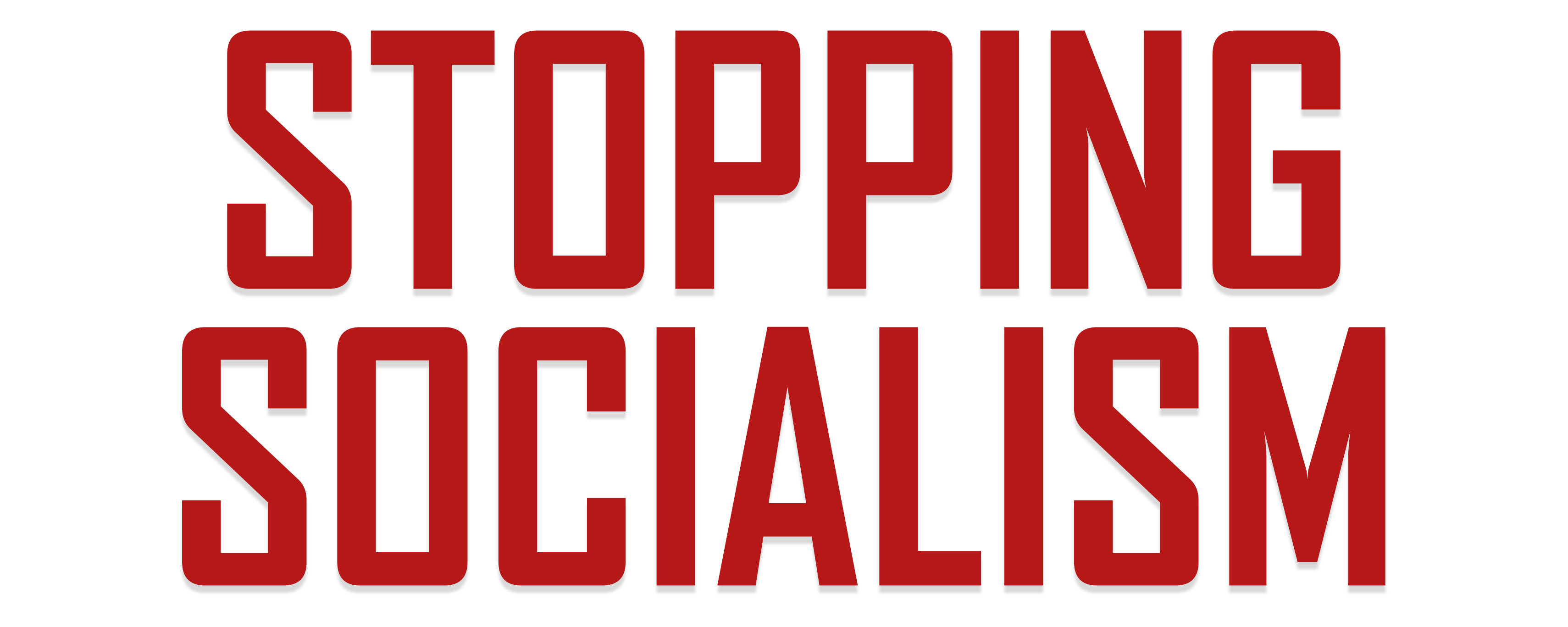While unveiling his $1.9 trillion American Rescue Plan, President Biden said, “Our recovery plan also calls for an increase in the minimum wage, at 15 — at least $15.00 an hour. No one in America should work 40 hours a week making below the poverty line. Fifteen dollars gets people above the poverty line. We have so many millions of people working 40 hours a week — working — and some with two jobs, and they’re still below the poverty line.”
Biden is wrong. Raising the minimum wage at the federal level to $15 per hour would not magically erase poverty. It would actually harm low-wage workers, the very people he claims he is trying to help.
According to a new study from the National Bureau of Economic Research (NBER), titled “Myth or Measurement: What Does the New Minimum Wage Research Say about Minimum Wages and Job Loss in the United States?,” the preponderance of evidence points to the simple fact that increasing the minimum wage decreases employment opportunities for low-wage workers.
“In its totality, this body of evidence and its conclusions point strongly toward negative effects of minimum wages on employment of less-skilled workers, especially for the types of studies that would be expected to reveal these negative employment effects most clearly,” the study notes.
This is common sense. If the federal government orders all businesses to pay their employees substantially higher wages, without a corresponding increase in productivity, businesses will be forced to either raise the prices of goods of services to offset the increased labor costs, cut labor costs, or a combination of the two. Either way you slice it, the net effect is bad for low-wage workers.
The NBER report, which took into account the myriad minimum wage studies over the past few decades, came to four basic conclusions about the effects of minimum wage hikes.
- There is a clear preponderance of negative estimates in the literature. In our data, 79.3% of the estimated employment elasticities are negative, 55.4% are negative and significant at the 10% level or better, and 47.9% are negative and significant at the 5% level or better.
- This evidence of negative employment effects is stronger for teens and young adults, and more so for the less-educated.
- The evidence from studies of directly-affected workers points even more strongly to negative employment effects.
- The evidence from studies of low-wage industries is less one-sided, with 66.7% of the estimated employment elasticities negative, but only 33.3% negative and significant at the 10% level or better, and the same percent negative and significant at the 5% level or better.
In other words, the NBER data clearly show that when the minimum wage is increased, low-skill jobs are reduced as a result.
So, although Biden’s $15 minimum wage plan might sound enticing as a quick way to raise the income for those in low-skill jobs, the long-term effect is that more low-skill workers will become jobless. Raising the minimum wage, like all economic decisions, carries trade-offs and consequences. The question is, do the consequences of increasing the minimum wage outweigh the benefits in the grand scheme of things? According to NBER’s all-encompassing study, the answer is a resounding “no.”
Chris Talgo (CTalgo@heartland.org) is the editorial director and a research fellow at The Heartland Institute, as well as a researcher and contributing editor at StoppingSocialism.com.






